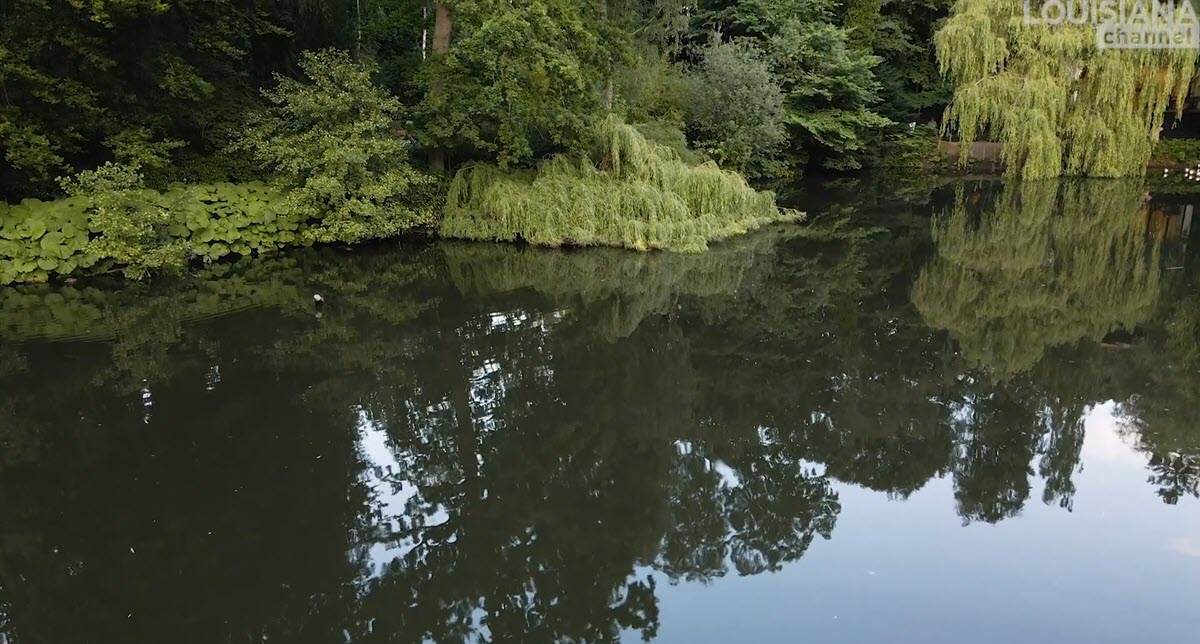VIDEO:Susan Philipsz-Song As A Trigger Of Memory
 Susan Philipsz uses her voice and the sculptural elements of sound and song to create a sense of intimacy in public spaces – varying from a train station in Helsinki to bridges in Glasgow. Susan Philipsz often uses her own singing voice in her works. Projecting the sound into spaces, she makes the viewer aware of their surroundings in new ways: “It’s quite different to listening to music. Normally it would take you to another place. Or you would be very engaged with the performance. But when I do works in public space it is often about the place and activating the acoustics, the architecture and heightening your own sense of self in a particular place.”
Susan Philipsz uses her voice and the sculptural elements of sound and song to create a sense of intimacy in public spaces – varying from a train station in Helsinki to bridges in Glasgow. Susan Philipsz often uses her own singing voice in her works. Projecting the sound into spaces, she makes the viewer aware of their surroundings in new ways: “It’s quite different to listening to music. Normally it would take you to another place. Or you would be very engaged with the performance. But when I do works in public space it is often about the place and activating the acoustics, the architecture and heightening your own sense of self in a particular place.”
Philipsz uses songs as found objects, she explains: “When you take them out of context and put them in a different situation where you wouldn’t expect it, it’s almost like the lyrics take on new meaning.”
In the work “The Shallow Sea” (2010), presented in this video, the artist uses two recordings of her own voice singing Oh Willow Waly from the classic horror film The Innocents. The raw voice creates a singular, emotionally charged experience of the location. It’s often familiar songs that appears in Philipsz work: “I’m singing them in the earnest but more to myself,” she explains and continues: “I want to create this feeling of a very private moment in a public space.” This, she believes, creates a sense of intimacy and can trigger memories and emotions.
Susan Philipsz (b. 1965) is a Scottish artist. Philipsz mainly works with spaces and sound. She has presented solo shows as several prominent art institutions, including Tate Modern in London, Scottish National Galleries in Edinburgh, and Hamburger Bahnhof in Berlin. In 2010, Philipsz won the prestigious Turner Prize for her work Lowlands (2010). She also presented the work Study for Strings (2012) at the Kassel Hauptbahnhof as a part of Documenta 13. Philipsz lives and works in Berlin, Germany.
Philipsz Song As A Trigger Of Memory, Interview by Roxanne Bagheshirin Lærkesen in July 2020 at Louisiana Museum of Modern Art, Denmark, Camera: Rasmus Quistgaard, Produced and edited by Roxanne Bagheshirin Lærkesen, © Louisiana Museum of Modern Art, Supported by Nordea-fonden
